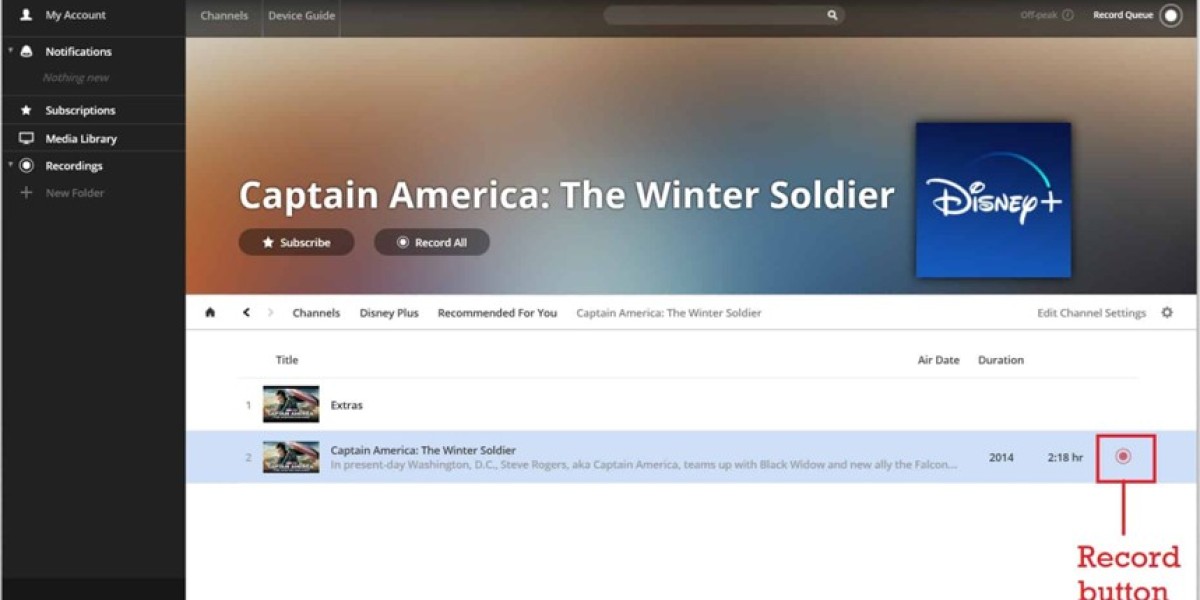For a new software company, entering the well-established and competitive non-profit software market is a significant challenge, as the landscape is dominated by a few major platform providers with deep customer relationships and comprehensive product suites. A pragmatic analysis of effective Non-Profit Software Market Entry Strategies reveals that a direct, head-on attempt to build a new, general-purpose fundraising CRM to compete with Blackbaud or Salesforce.org is a high-cost strategy with a low probability of success. The most successful entry strategies for newcomers are almost always built on a foundation of sharp focus and differentiation. This involves targeting a specific, underserved niche within the vast non-profit sector and building a best-in-class solution for that single segment. The Non Profit Software Market size is projected to grow USD 31.36 Billion by 2035, exhibiting a CAGR of 7.48% during the forecast period 2025-2035. The diversity of the non-profit world ensures that countless such niches exist, providing a fertile ground for innovative startups to build a defensible and impactful business.
One of the most powerful and proven entry strategies is to focus on a specific sub-sector or "micro-vertical" within the non-profit world. Instead of a generic platform for all non-profits, a new entrant could build a solution designed exclusively for a single type of organization. For example, a startup could create an all-in-one management platform for animal shelters, with features for animal intake and records management, volunteer scheduling for dog walkers, and fundraising campaigns geared towards animal lovers. Another promising niche is a platform for community foundations, which have unique needs around grantmaking and fund management. A third could be a platform for youth sports leagues or religious organizations. By becoming the go-to software for a single, specific type of non-profit, a new company can build a product with deep domain expertise, create a powerful word-of-mouth marketing engine within that community, and build a strong brand reputation. After dominating one micro-vertical, the company can then use that as a foundation to expand into adjacent ones.
Another highly effective entry strategy is to build a best-in-class "point solution" for a single, high-value function that is designed to integrate with the major existing platforms. The strategy here is not to replace the core CRM, but to augment it with a superior capability. For example, a new company could develop a superior online auction platform for non-profit fundraising galas. This platform could then be sold as a standalone tool that integrates with Raiser's Edge and Salesforce Nonprofit Cloud to sync bidder and donation data. Another example would be to build a more advanced and user-friendly peer-to-peer fundraising or advocacy tool. By focusing on being the absolute best at one specific part of the fundraising or engagement workflow, a startup can become a valuable "app" in the major platforms' ecosystems, leveraging their massive customer bases as a distribution channel. This "app store" strategy is often a more capital-efficient and higher-probability path to success than trying to build an entire new CRM from scratch.
Top Trending Reports -







